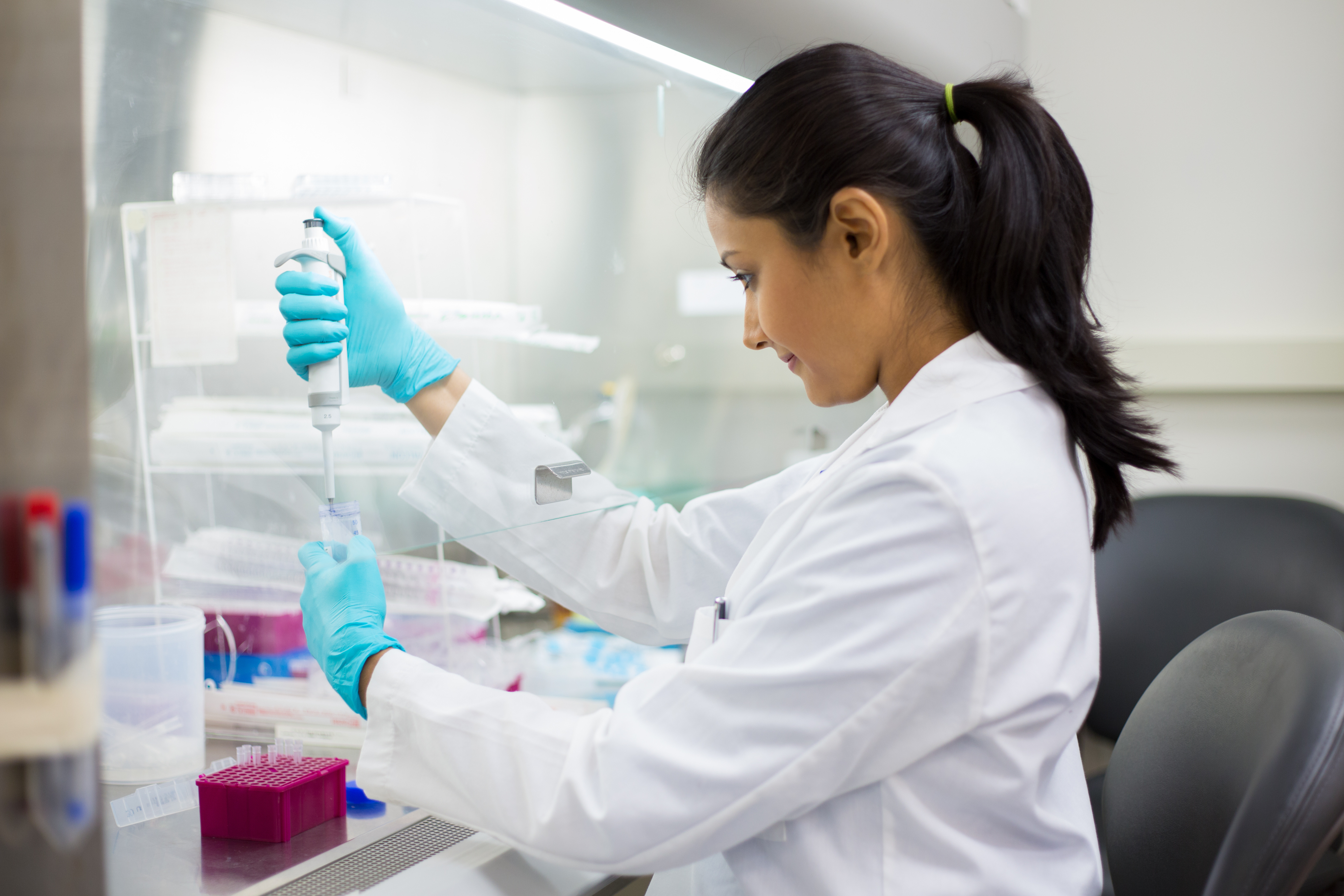Antimicrobial drugs form the backbone of modern medicine—but they don’t last forever. The game clock on antibiotic efficacy starts ticking down from the moment of their first use, and evolutionary processes start selecting for the mutations which can survive antibiotic exposure, allowing antimicrobial resistance (AMR) to emerge and spread. Already, AMR kills an estimated 35,000 Americans and 1.27 million people worldwide, every year.
Despite the threat of AMR, the R&D pipeline for new antimicrobials is sparse. An array of market failures stop private companies from capturing a sufficient return on investment (ROI) despite the very high social value of new antimicrobials. Widespread recognition of these market failures has driven a search for creative solutions, and generated enthusiasm for the use of “pull mechanisms” which could help incentivize antibiotic development. One particularly promising pull approach—so-called “subscription models”—would offer guaranteed annual payments to successful antibiotic developers delinked from sales volumes.
The good news is that this approach has already captured the attention of US lawmakers. A subscription-based pull mechanism is included in the pending PASTEUR Act, which was introduced by lawmakers in the US House of Representatives and Senate and endorsed in President Biden’s 2023 budget request. And the great news, for the US and the world, is that such an investment would offer a massive pay-off.
The US Return on Investment From Pulling New Antibiotics to Market is Huge
In a new paper, we estimate the expected ROI for such a program—that is, an ambitious new program to incentivize antibiotic development via a US government subscription-based pull mechanism. We don’t explicitly model the PASTEUR Act; instead we construct an illustrative example from first principles, with parameters drawn (where possible) from the literature, and using some simplifying and deliberately conservative assumptions about program design and remuneration. Nevertheless, the results are indicative for the PASTEUR Act itself, or of any other similar initiative.
From the US perspective alone, we find that such a program is likely to offer an extraordinary ROI in both the short and long-term. Considering both the value of averted death/disease and associated hospital costs, every dollar invested would yield $6 dollars of value over the program’s first 10 years, and $28 dollars over a 30-year time horizon (Table 1). 20,000 American lives would be saved over the next decade, and 383,000 over the next 30 years.
Table 1. Domestic US costs and benefits, over 10 years and over 30 years
| |
Total Cost (Discounted)
|
Lives Saved
|
DALYs Saved
|
DALY Value
|
Healthcare Savings
(Discounted)
|
DALY + Healthcare Savings
(Discounted)
|
Benefit: Cost Ratio
|
|
10-Year
|
$5.4 bn
|
20,000
|
340,000
|
$30.0 bn
|
$2.0 bn
|
$32.0 bn
|
6:1
|
|
30-Year
|
$17.9 bn
|
383,000
|
6,510,000
|
$470.7 bn
|
$24.0 bn
|
$494.8 bn
|
28:1
|
The Global Impact is Even Bigger
From a global perspective—exclusively considering the health value of disability-adjusted life years (DALYs) averted—ROI is even larger (Table 2).
We expect other G7 countries to pay their fair share of the global incentive payments, so the global cost is higher than the American contribution. But the global impact is enormous—518,000 lives saved over the next decade, and almost 10 million by 2053. This implies a 30-year global ROI of 125:1. And sensitivity analysis suggests that the overall finding (e.g., very high social returns) remains robust under a wide variety of alternative assumptions and scenarios.
Table 2. Global costs and benefits, over 10 years and over 30 years
| |
Total Cost (Discounted)
|
Lives Saved
|
DALYs Saved
|
Value of DALYs Saved
|
Benefit: Cost Ratio
|
|
10-Year
|
$11.7 bn
|
518,000
|
19.5 million
|
310.6 billion
|
27:1
|
|
30-Year
|
$38.9 bn
|
9,933,000
|
374.5 million
|
4,874.2 billion
|
125:1
|
Time To Act!
Our paper suggests that a subscription program for new antibiotics would protect American citizens, yield huge returns, and create a safer, healthier world—and we urge world leaders, including here in the US, to act now to boost our shared health future.
CGD blog posts reflect the views of the authors, drawing on prior research and experience in their areas of expertise.
CGD is a nonpartisan, independent organization and does not take institutional positions.






